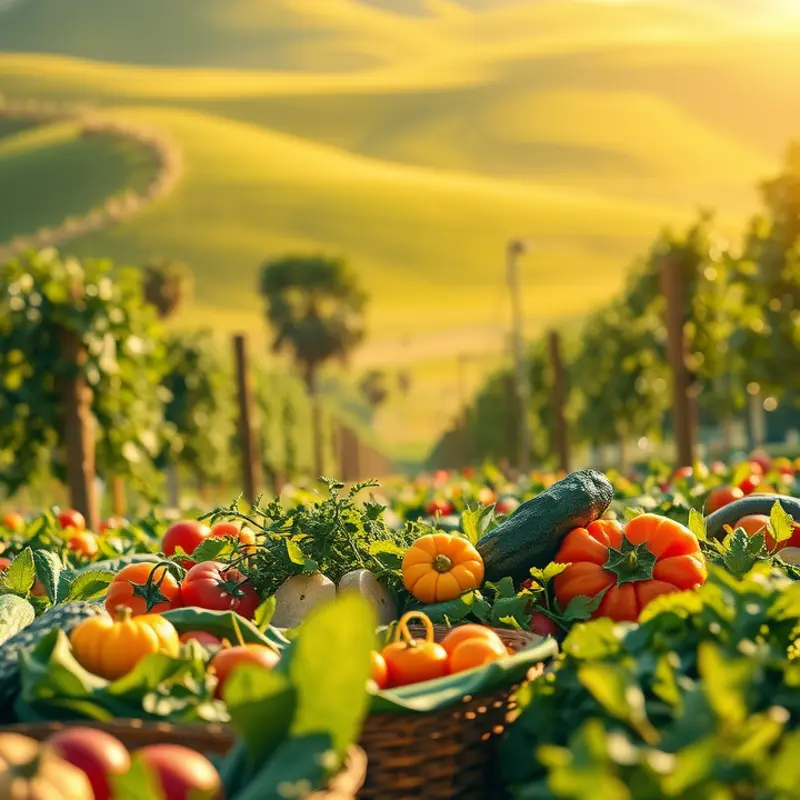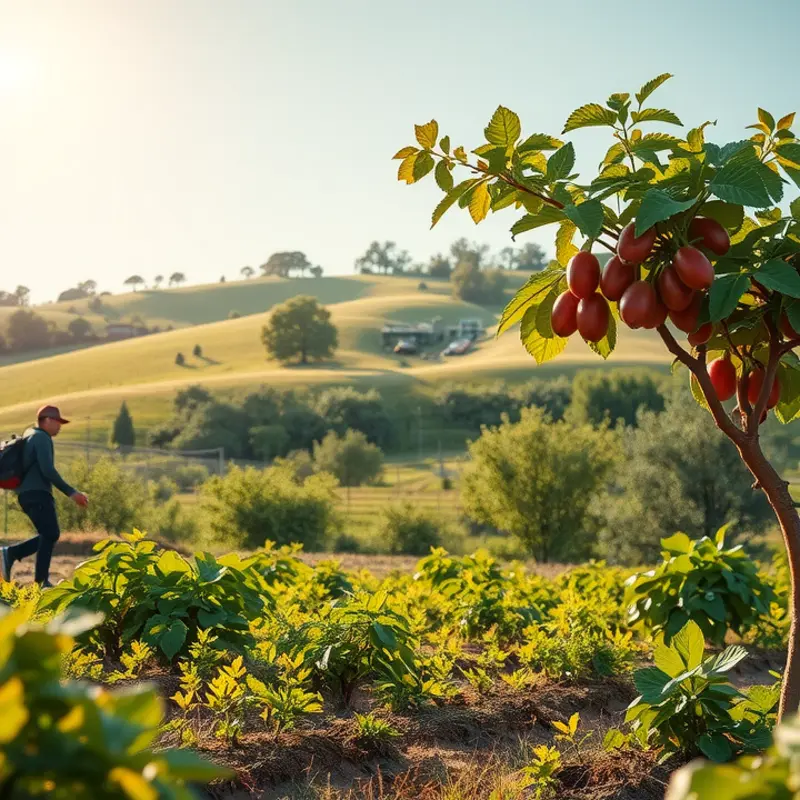Discover the world of grain-free dessert crusts, perfect for those seeking gluten-free options or simply wanting to reduce grains in their diet. These delightful crusts are easy to prepare, using a variety of wholesome ingredients, yielding delicious desserts everyone can enjoy. Whether you’re catering to dietary restrictions or just aiming for healthier alternatives, this guide simplifies ingredient choices and substitutions. Let’s dive into the possibilities and create mouthwatering desserts.
Unlocking Grain-Free Goodness: Ingredients & Substitutions

Crafting a delightful grain-free dessert crust begins with understanding a palette of versatile ingredients. Nut flours, seed meals, and innovative binding agents create textures akin to traditional crusts, minus the grains. Let’s explore some key components that transform grain-free baking into an art.
Nut Flours are the linchpin of grain-free crusts. Almond flour is favored for its subtle, sweet aroma and fine texture. It blends seamlessly in crusts where a rich, buttery feel is desired. To add a unique twist, consider hazelnut flour. It imparts a deeper, nutty flavor while maintaining a pleasing texture. Pecans and walnuts, too, offer rich yet distinct bases when ground into flour, especially beneficial in chocolate or coffee-flavored desserts.
Seeds as Flour offer a robust alternative to nuts and cater to nut-free requirements. Sunflower seed flour is a fabulous option for those monitoring allergen sensitivities. It’s neutral and provides a crumbly texture suitable for pastry applications. Ground flaxseeds and chia seeds not only add nutrition but also act as natural binders. In fact, flax meal combined with water creates a gooey consistency useful for holding crusts together.
Binding Agents: The right binder can make or break your crust. Eggs are a classic choice for their protein structure, which lends resilience to the crust. For a vegan twist, combine chia seeds with water; this mixture gels naturally and binds ingredients effectively. Alternatively, feel free to explore psyllium husk, which absorbs moisture extensively, making it another useful option for those gluten-sensitive diets. Considering cooking without gums might also be helpful in maintaining the desired texture.
Sweeteners and Fats: Grain-free baking often utilizes alternative sweeteners that align with health-conscious choices. Opt for coconut sugar or maple syrup to add flavor depth. Meanwhile, fats such as coconut oil or butter not only enrich the crust but also help merge the ingredients seamlessly. For those desiring a dairy-free approach, plant-based butters or ghee make excellent substitutes.
Mix and match these ingredients based on what you have on hand and enjoy experimenting without constraints. Feel free to blend almond flour with sesame seed meal to build complex flavor layers. Or, picture coconut flour paired with pecan flour, resulting in a crispy yet tender texture suitable for tart shells. This innovative ingredient matrix allows great flexibility, delivering delicious results regardless of dietary restrictions.
By understanding the function of each component, you can unlock the hidden goodness in grain-free ingredients. Their adaptability not only substitutes traditional grains but enhances each bite with healthful flavors and nutritional benefits.
Crafting Your Crust: Simple Recipes to Delight

Once you have assembled your ingredients, it’s time to embark on the delightful journey of crafting grain-free dessert crusts. These recipes provide easy yet exquisite options suitable for diverse dessert applications. Let’s dive into creating these flexible bases that will surely impress.
A nutty almond crust is a versatile choice, perfect for pies or as a base for a cheesecake. To create this crust, start by pulsing 2 cups of raw almonds in a food processor until finely ground. Add a tablespoon of melted coconut oil and a tablespoon of honey to bind. If you prefer a sweeter base, feel free to adjust the honey to taste. When the mixture holds together when pressed, it’s ready to mold. Press the almond mix into a pie pan, ensuring an even spread into the edges, and bake at 350°F (175°C) for 10-12 minutes until lightly golden.
For a crispy coconut crust, ideal for tarts, begin with 1 cup of unsweetened shredded coconut. Combine with ½ cup of almond flour and a quarter cup of melted coconut oil. Add one egg white to bring all the ingredients together, providing an added layer of crispness. This mixture should be pressed into a tart pan and baked at the same temperature, 350°F, for roughly 10-15 minutes until the edges turn golden brown.
For those with dietary restrictions, replacing almonds with sunflower seeds offers an excellent nut-free alternative. The taste profile varies slightly, adding an earthy undertone to your base, which pairs nicely with berry fillings or chocolate toppings. Blend 2 cups of sunflower seeds in place of almonds, ensuring similar proportions for coconut oil and honey.
If exploring unique flavors excites you, incorporating spices like cinnamon or nutmeg into the mix can elevate a basic crust. Similarly, adding a teaspoon of vanilla extract or a pinch of salt can enhance the taste profile, offering a subtle depth often sought in sophisticated desserts.
Storage is essential for maintaining freshness and quality. Store any leftover crust in an airtight container in the refrigerator for up to one week. For bakers interested in sustainability, also consider storing these ingredients in eco-friendly containers to reduce waste. Explore eco-friendly kitchen storage for more tips.
These crust recipes not only delight taste buds but serve as a platform for creativity, accommodating different dietary needs—from nut-free to vegan adaptations. Adjust and explore these recipes to suit your culinary adventures, ensuring each dessert is made with love and precision.
Final words
Making grain-free dessert crusts is not only about health but also about creativity and fun. With a variety of flour alternatives and recipes at your disposal, you can tailor each crust to match your taste and dietary needs. Experiment with different ingredients and find your favorites—there’s no limit to what you can create. Whether you’re impressing guests or treating yourself, grain-free desserts can be just as satisfying, if not more, than their traditional counterparts. Enjoy the journey of baking, knowing each dessert crust offers a slice of indulgence without compromise.







